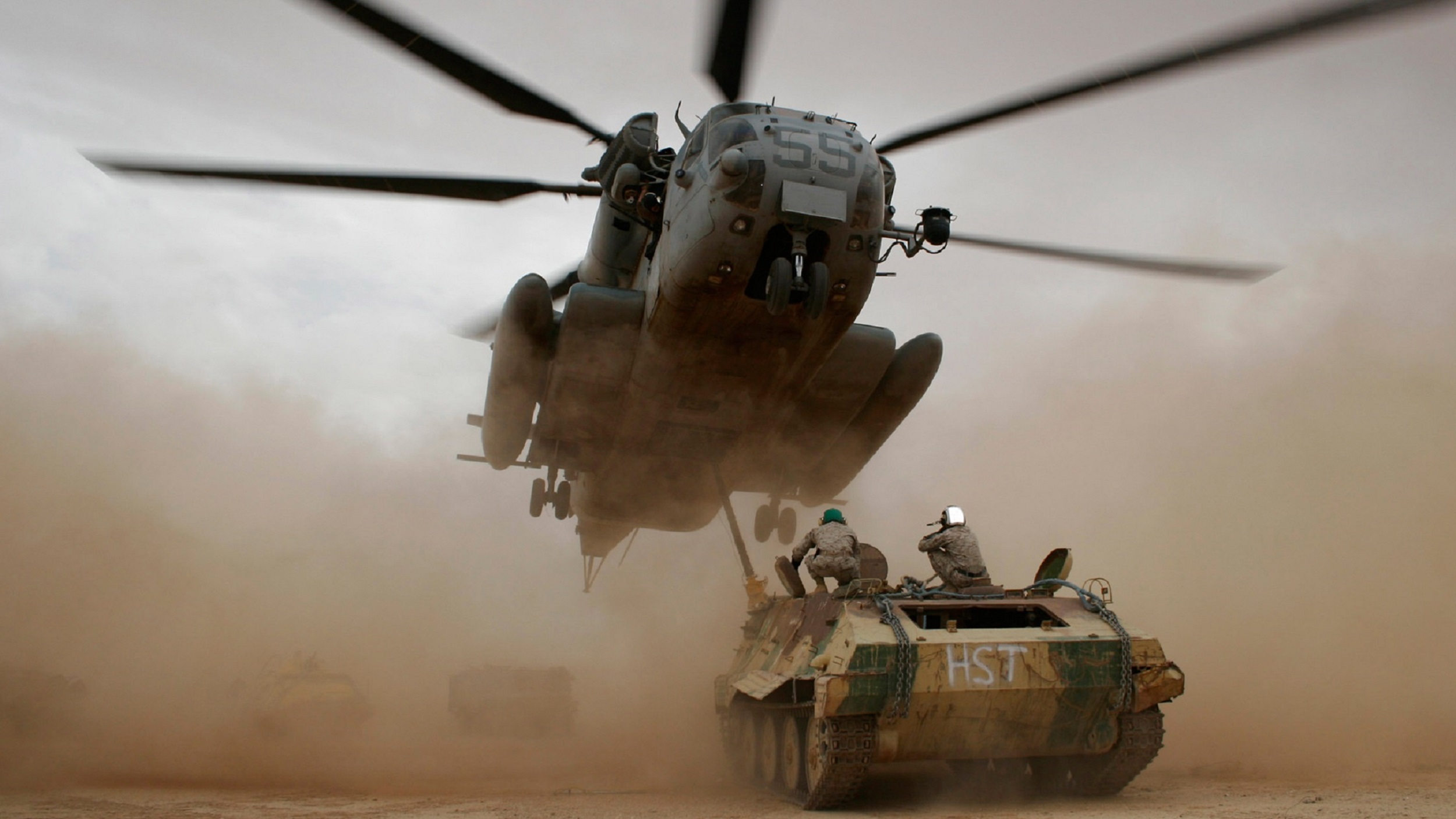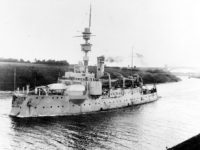The SMS Odin was as a Coastal Defense Ship part of Leo von Caprivis targeted pure coastal defense pronounced imperial naval tactics at the end of the 19th century, which provided only the protection of the German coast and especially the Kaiser Wilhelm Canal.
Launching and design:
The ships of the Siegfried class emerged from the naval concept of Lieutenant General Leo von Caprivi as chief of the Imperial Admiralty from 1883. The concept saw the focus of warfare still in the land forces, the Navy should only serve to protect the German coastal waters and the Kaiser Wilhelm Canal, whose construction was already decided. For this purpose, the coastal armored ships were designed, the main focus was on the shallow draft, a strong armor and sufficient firepower, with a direct confrontation with enemy ships was not provided. Attacks should mainly serve those in the concept planned torpedo boats.
The first design for the ship class was made in 1885. 1887 and 1889 made slight changes. In 1888, the keel laid the first ship. The SMS Odin was laid as the last ship of this class on keel.
The launching took place on 3 November 1894, the commissioning on 22 September 1896.
The namesake from Norse mythology was the father of the gods, god of war and the god of death, Odin.
History of SMS Odin:
After commissioning and the successful completion of the test drives, the ship was put out of service on October 14, 1896 and assigned to the reserve fleet Baltic Sea.
On July 26, 1898, the reactivation and the allocation to the II Squadron took place. In the following years, the ship took part in several maneuvers and trips abroad.
In the period from September 21, 1901 to October 2, 1903, the ship was decommissioned again and, like the other ships of the Siegfried class, the Odin was modernized. Among other things, a new middle section with a length of 8.4 meters was installed to increase the coal stock and thus the range. After the modernization, the ship was again assigned to the II Squadron.
On October 10, 1904, the Odin was replaced by the SMS Braunschweig and assigned to the reserve squadron.
Use in the war:
With the outbreak of the First World War, all ships of the Siegfried class were reactivated and the newly formed VI. Squadron assigned. The ships made outpost services on the Jade, Weser and Elbe estuaries until the squadron was disbanded on 31 August 1915.
Since the ships of the Siegfried class were already considered completely outdated, they were decommissioned in the course of January 1916. Until the remainder of the war, the SMS Odin served the I. Submarine flotilla and III. Submarine flotilla as a barge in Wilhelmshaven.
After the end of the war, the Odin was used from March 28 to October 9, 1919 still by the IV. North Sea minesweeper flotilla as a residential ship until the ship was deleted on December 6, 1919 from the list of warships.
Whereabouts:
After deletion from the list of warships, the Odin was sold to the shipping company Arnold Bernstein and rebuilt there from 1922 as a motor cargo ship and used.
1935 was then the scrapping of the ship.
Ship data:
| Name: |
SMS Odin |
| Country: |
German Empire |
| Ship Type: |
Coastal Defense Ship |
| Class: |
Siegfried-Class |
| Boatyard: |
Imperial shipyard, Gdansk |
| Building-costs: |
6.539.000 Mark |
| Launched: |
November 3rd, 1894 |
| Commissioning: |
September 22nd, 1896 |
| Whereabouts: |
From 1922 used as a motor cargo ship and scrapped in 1935 |
| Length: |
79 meters |
| Width: |
15,2 meters |
| Draft: |
Max. 5,61 meters |
| Displacement: |
Max. 3.754 Tons |
| Crew: |
276 Men |
| Drive: |
4 steam locomotive boilers |
| Power: |
4.650 PS (3.420 kW) |
| Maximum speed: |
14,4 kn (27 km/h) |
|
Armament: |
3 × Ring Cannon 24,0 cm L / 35 (174 rounds) 10 × Rapid Fire Gun 8,8 cm L / 30 (2.500 rounds) 3 × torpedo tube ∅ 45 cm (2 sides over water, 1 bow under water, 8 shots)
|
| Armor: |
Waterline: 120-220 mm |
You can find the right literature here:
German Battleships 1914–18 (1): Deutschland, Nassau and Helgoland classes (New Vanguard)

German Battleships 1914–18 (1): Deutschland, Nassau and Helgoland classes (New Vanguard) Paperback – February 23, 2010
Supported by official documents, personal accounts, official drawings and specially commissioned artwork, this volume is an enlightening history of the Deutschland to Osfriesland classes. Detailing the last of the pre-dreadnaught battleship classes, this book goes on to explain the revolutionary developments that took place within the German Imperial Navy as they readied themselves for war. This included creating vessels with vast increases in size and armament. This account of design and technology is supplemented by individual ship histories detailing combat experience complete with first-hand accounts. The specially commissioned artwork also brings this history to life with recreations of the battleship Pommern fighting at Jutland and ships of the Osfriesland class destroying HMS Black Prince in a dramatic night-time engagement.
The Imperial German Navy of World War I, Vol. 1 Warships: A Comprehensive Photographic Study of the Kaiser’s Naval Forces

The Imperial German Navy of World War I, Vol. 1 Warships: A Comprehensive Photographic Study of the Kaiser’s Naval Forces Hardcover – December 28, 2016
The Imperial German Navy of WWI is a series of books (Warships, Campaigns, & Uniforms) that provide a broad view of the Kaiser's naval forces through the extensive use of photographs. Every effort has been made to cover all significant areas during the war period. In addition to the primary use of photographs, technical information is provided for each warship along with its corresponding service history; with a special emphasis being placed on those warships that participated in the Battle of Skagerrak (Jutland). Countless sources have been used to establish individual case studies for each warship; multiple photos of each warship are provided. The entire series itself is unprecedented in its coverage of the Kaiser's navy.
German Battlecruisers of World War One: Their Design, Construction and Operations

German Battlecruisers of World War One: Their Design, Construction and Operations Hardcover – November 4, 2014
This is the most comprehensive, English-language study of the German Imperial Navy's battlecruisers that served in the First World War. Known as Panzerkreuzer, literally "armored cruiser," the eight ships of the class were to be involved in several early North Sea skirmishes before the great pitched battle of Jutland where they inflicted devastating damage on the Royal Navy's battlecruiser fleet. This book details their design and construction, and traces the full service history of each ship, recounting their actions, drawing largely from first-hand German sources and official documents, many previously unpublished in English.
The Kaiser's Battlefleet: German Capital Ships 1871-1918
The battleships of the Third Reich have been written about exhaustively, but there is little in English devoted to their Second Reich predecessors. This new book fills an important gap in the literature of the period by covering these German capital ships in detail and studying the full span of battleship development during this period. The book is arranged as a chronological narrative, with technical details, construction schedules, and ultimate fates tabulated throughout, thus avoiding the sometimes disjointed structure that can result from a class-by-class approach. Heavily illustrated with line drawings and photographs, many from German sources, the book offers readers a fresh visual look at these ships. A key objective of the book is to make available a full synthesis of the published fruits of archival research by German writers found in the pre-World War II books of Koop & Schmolke, Großmer's on the construction program of the dreadnaught era, Forstmeier & Breyer on World War I projects, and Schenk & Nottelmann's papers in Warship International. As well as providing data not available in English-language books, these sources correct significant errors in standard English sources.
This post is also available in:
 Deutsch (German)
Deutsch (German)  Français (French)
Français (French)  Italiano (Italian)
Italiano (Italian)  简体中文 (Chinese (Simplified))
简体中文 (Chinese (Simplified))  Русский (Russian)
Русский (Russian)  Español (Spanish)
Español (Spanish)  العربية (Arabic)
العربية (Arabic)
















